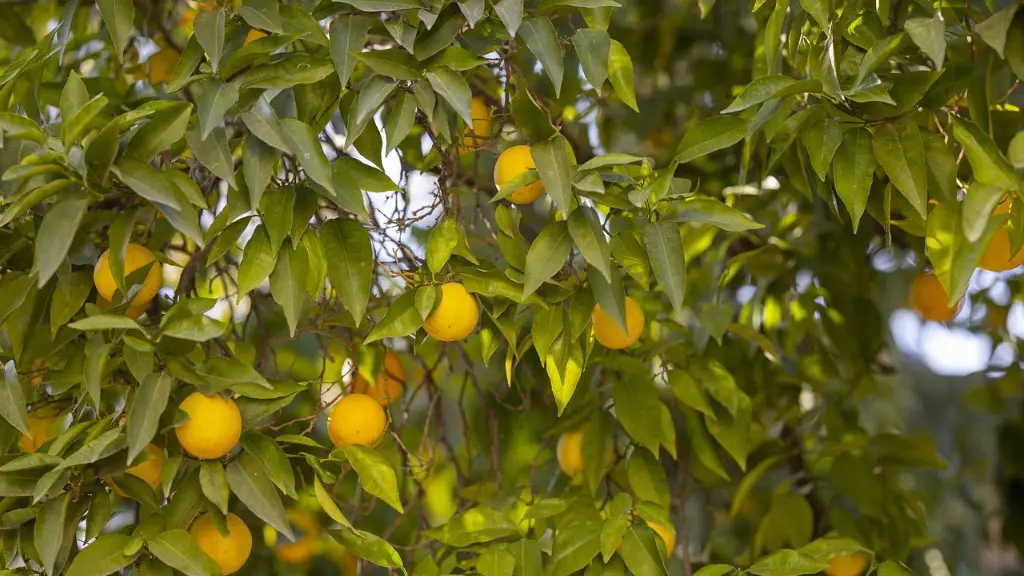Owning a lemon tree can be a rewarding experience when you keep it in good condition and get to enjoy the abundance of lemons every year. Unfortunately, struggling to manage the tree’s water levels could make it look wilted and faded. If you think your tree may have been overwatered, here’s how you can go about fixing it.
First and foremost, you need to identify the symptoms of overwatering. Make sure to check the tree’s leaves and look for signs of yellowing or wilting. You might also notice signs of fungal disease, such as soggy or brown patches. If you spot any of these symptoms, it’s likely that your tree has been overwatered.
Once you’re certain that your tree is a victim of too much water, your next step is to reduce the amount of water you’re giving it. The best way to do this is by reducing your watering schedule. Instead of watering it every day, try watering it once every 3-5 days and only if the soil is dry. This will ensure there’s enough water during the time it’s available, and not too much.
Additionally, check your soil for drainage. The soil should be light and airy but well-draining to prevent the roots from sitting in water for too long. If your soil is too soggy and doesn’t seem to be draining properly, you can try aerating it with a garden fork or adding some organic material such as perlite or peat moss to improve the drainage.
Finally, take a look at your watering approach. Are you using a sprinkler, hose or watering can? If you’re using a sprinkler, try to adjust it so that it covers the ground around the roots of your tree but not directly on the foliage. If you’re using a hose, try to water the soil directly, avoiding the foliage as much as possible. Doing this will prevent the leaves from absorbing too much water.
Mulching
The use of mulch is a great way to protect the soil and help it retain moisture. This is particularly important during the summer, when evaporation is high. When it comes to choosing the right type of mulch, consider things like compost, cocoa, grass clippings or pine staw- all of which are effective. Spread a layer of mulch of about five centimetres across the soil and make sure to leave enough space around the trunk for air flow.
Trimming
If you feel your lemon tree has been damaged by overwatering, you should consider trimming it to remove the dead branches and other unnecessary parts. Trimming is a great way of restoring a tree’s vigour and overall health, as it helps reduce stress and ensures the remaining branches are receiving the proper nutrients. Make sure that you’re using a sharp pair of pruners and cut just above a bud that’s pointing in the desired direction.
Fertilizing & Pruning
Your lemon tree might also require some fertilization and pruning in order to encourage growth and healthy development. During fertilization, make sure to use a fertilizer that’s specially designed for citrus trees. Spread it around the roots evenly and don’t add too much. As for pruning, it’s important to remove any damaged or crossing branches and thin out the foliage when necessary.
Watching your tree
Finally, the best way to make sure your lemon tree is recovering from the overwatering is to keep a close eye on it. Check it a few times a week to see if the condition of the leaves and the overall health of the tree is improving. Also, keep an eye out for pests, diseases and soil erosion, as these can all be problems if left uncontrolled.

